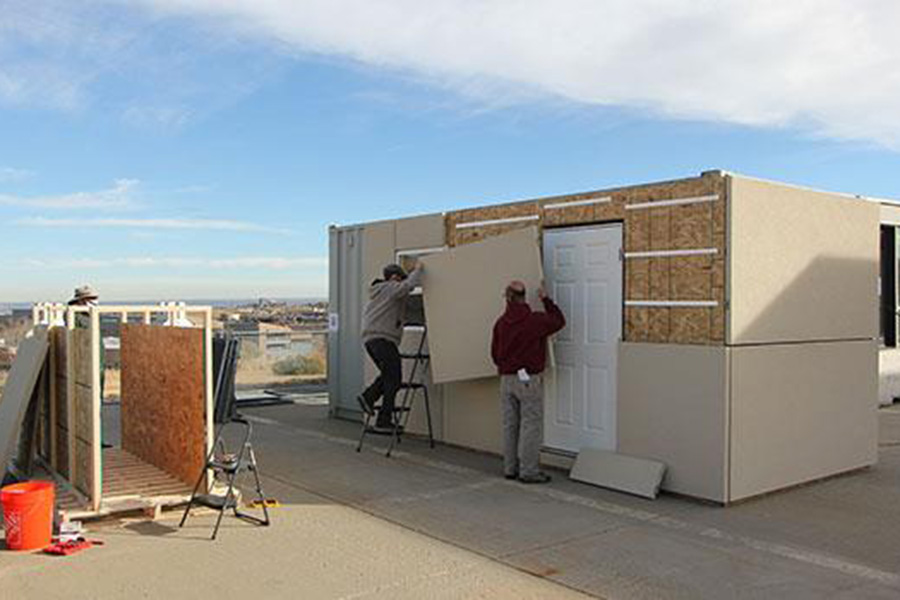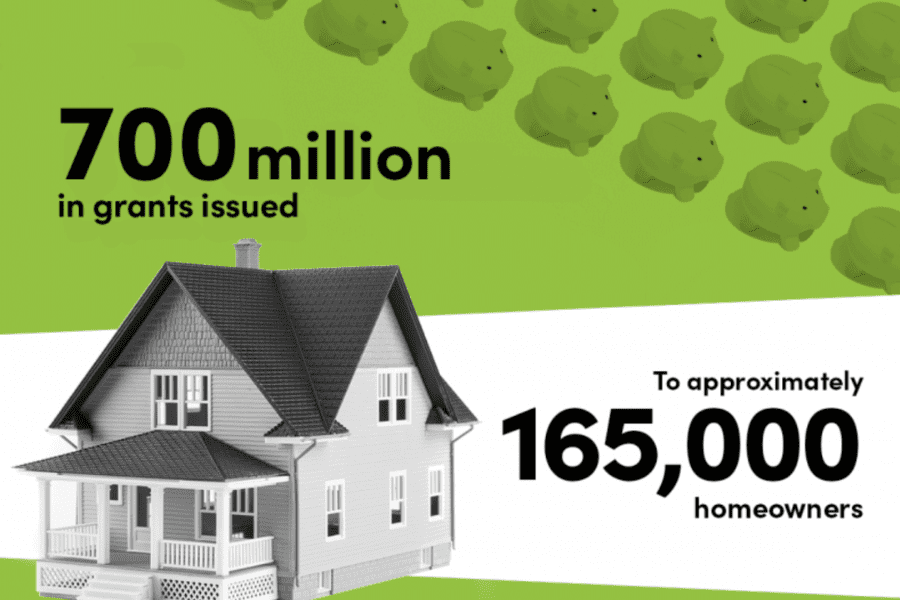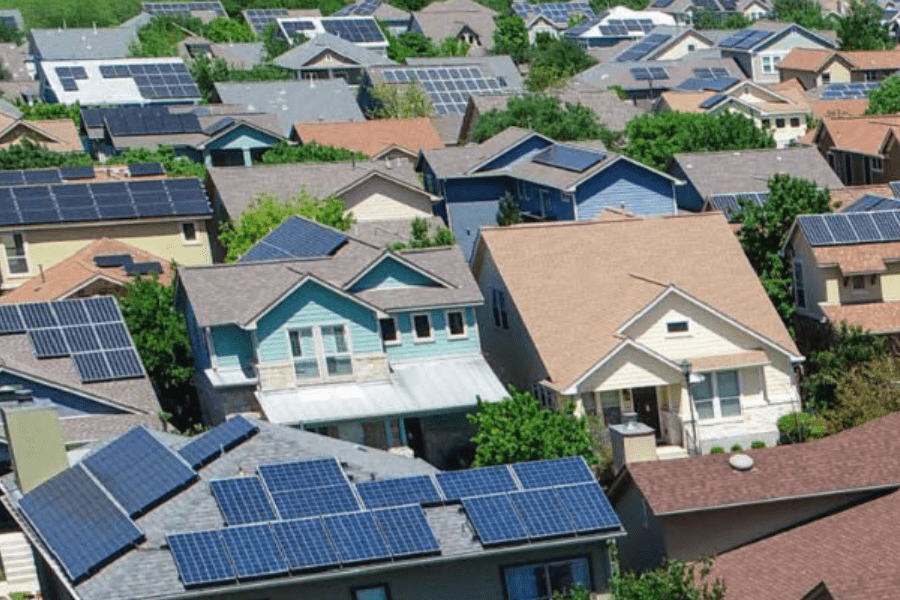Nov 9, 2022
U.S. Department of Energy Awards NREL $4.8M To Accelerate National Affordable Housing Upgrade Effort
A National Renewable Energy Laboratory project is among those selected by the U.S. Department of Energy to help fast-track affordable housing solutions for disadvantaged communities.
By: Michaela Manfull

A National Renewable Energy Laboratory (NREL) project is among seven selected by the U.S. Department of Energy (DOE) to help fast-track affordable housing solutions for disadvantaged communities.
NREL Senior Researcher Chioke Harris is leading the Building Technologies and Science Center effort, which received $4.8 million to develop software and hardware tools to properly specify and install retrofit packages to be demonstrated in two low-income multifamily residential buildings in Arvada, Colorado.
DOE’s Building Technologies Office (BTO) launched the overall funding effort through the Advanced Building Construction (ABC) Initiative. Its goal is to reinvent the “ABCs” of building construction and renovation. A total of $32 million will ultimately fund more than 30 next-generation building retrofit projects to improve affordable housing and commercial building technologies.
Nationally, buildings use 40% of the nation’s energy and 75% of its electricity, making this sector prime for reducing up to 35% of the United States’ carbon emissions. The seven ABC awardees are researching new renovation techniques to upgrade the energy and environmental performance of buildings. The goal is to reduce disruption to tenants as the work is conducted through faster, more affordable, and effective materials and construction methods.
The NREL concept for the envelope portion of the building upgrade involves prefabricated panels that fit over an existing building through an airtight racking system. The panels, customized at the factory to fit a specific building, can be shipped directly from the factory to the building site for installation.
“The point is less labor, less time, less error. Anything we can do to optimize or streamline the process,” Harris said.
According to DOE, techniques such as prefabricating walls and drop-in replacements for heating, cooling, and water-heating systems can revolutionize construction and renovation efficiency. They can also provide the means to decarbonize the United States’ 130 million buildings at the rate needed to address the climate crisis and meet President Biden’s goal of a net-zero-carbon economy by 2050.
To make the custom retrofit possible, NREL team collaborators are applying mixed-reality and machine learning software to capture precise building measurements with a 3D laser scan, replacing traditional building survey methods.
“Mixed reality is a space between augmented reality and virtual reality,” Harris said. “A headset allows the on-site construction team and remotely located retrofit experts to have direct visual interaction to solve problems in real time.”
The NREL project ultimately requires fewer construction supervisors on-site and less professional experience, and it allows for immediate feedback through mixed-reality interaction platforms.
The NREL ABC team features a mix of industry and academia partners, including Trimble, Microsoft, Tremco, IBACOS, Colorado State University, and CanmetENERGY.
The seven selectees also include projects by the Fraunhofer USA Center for Manufacturing Innovation, Home Innovation Research Labs Inc., Oak Ridge National Laboratory, Rocky Mountain Institute, Syracuse University, and the University of Central Florida Board of Trustees.




